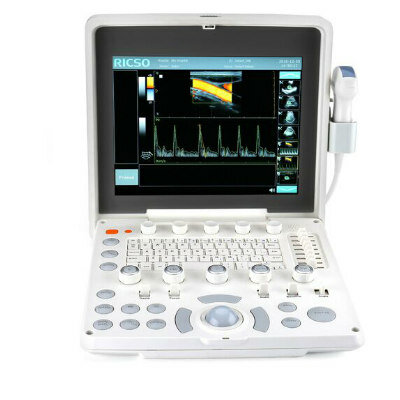Real-Time, Interactive Fully 3D Quantitative Platform Developed for Disease-Centralized Patient Coordination and Management
By MedImaging International staff writers
Posted on 04 Dec 2012
An enhanced platform tackles the challenge of optimizing imaging’s potential in coordinating an optimal workflow along the cycle of patient care, including radiologists, interventional radiologists, surgeons, and oncologists. The decision support provided by the technology covers a full range of disease-centralized patient management in the thoracic and abdominal areas, from detection, diagnosis, pretreatment planning, to intraoperative navigation, and post-treatment follow up. Posted on 04 Dec 2012
EDDA Technology (Princeton, NJ, USA) demonstrated the real-time interactive fully three-dimensional (3D) quantitative imaging in an enhanced IQQA Platform at the 98th scientific assembly and annual meeting of the Radiological Society of North America (RSNA), held November 25-30, 2012, in Chicago (IL, USA).
A feature of the platform, IQQA-Liver for 3D real-time quantitative planning and assessment, is currently used by radiologists and surgeons worldwide in liver surgery, transplantation, and interventional centers. Increased care and considerable timesavings were shown in over 4,000 cases using IQQA-Liver in hospitals since the first commercial system installation in Q2 2009.
Real-time interactive applications with fully 3D capabilities are the prerequisite of strong clinical decision support from imaging. The same proprietary technology behind IQQA-Liver has now been extended to other organs in thoracic and abdominal application areas; to offer physicians real-time quantitative decision support that goes further than the 3D visualization domain. It enables physicians to utilize the quantitative organ data, vessels, lesions, and ducts, as well as the quantified spatial relationships among these anatomies of interests, to make their own customized conclusions based upon own knowledge and experience in a user-friendly, real-time interactive way, thereby improving patient care, and effectiveness.
IQQA-Guide (a work-in-progress) additionally brings the real-time interactive quantitative technology into the operating room by offering real-time 3D image guidance for abdominal and thoracic biopsy, interventional procedure, and surgery. IQQA-Guide utilizes a 3D map of individualized anatomic representations extracted from multimodality image datasets. Through sophisticated registration algorithms and state-of-the-art electromagnetic tracking, it provides real-time tracking and referencing to anatomic features of interest in 3D. As a result, physicians are supported to visualize beyond the anatomy surface during a procedure, and to quantitatively locate, evaluate, and modify the position of instruments relative to the full patient-specific 3D anatomy of lesion, vessels, organs and segments.
EDDA Technology, Inc. is a clinical computer solution provider in healthcare imaging and analysis. EDDA offers a series of next-generation computer assistance systems to the complete patient care-management cycle, including enabling early detection and diagnosis of diseases, as well as enhancing efficiency and precision in treatment planning, management, and follow-up.
Related Links:
EDDA Technology














